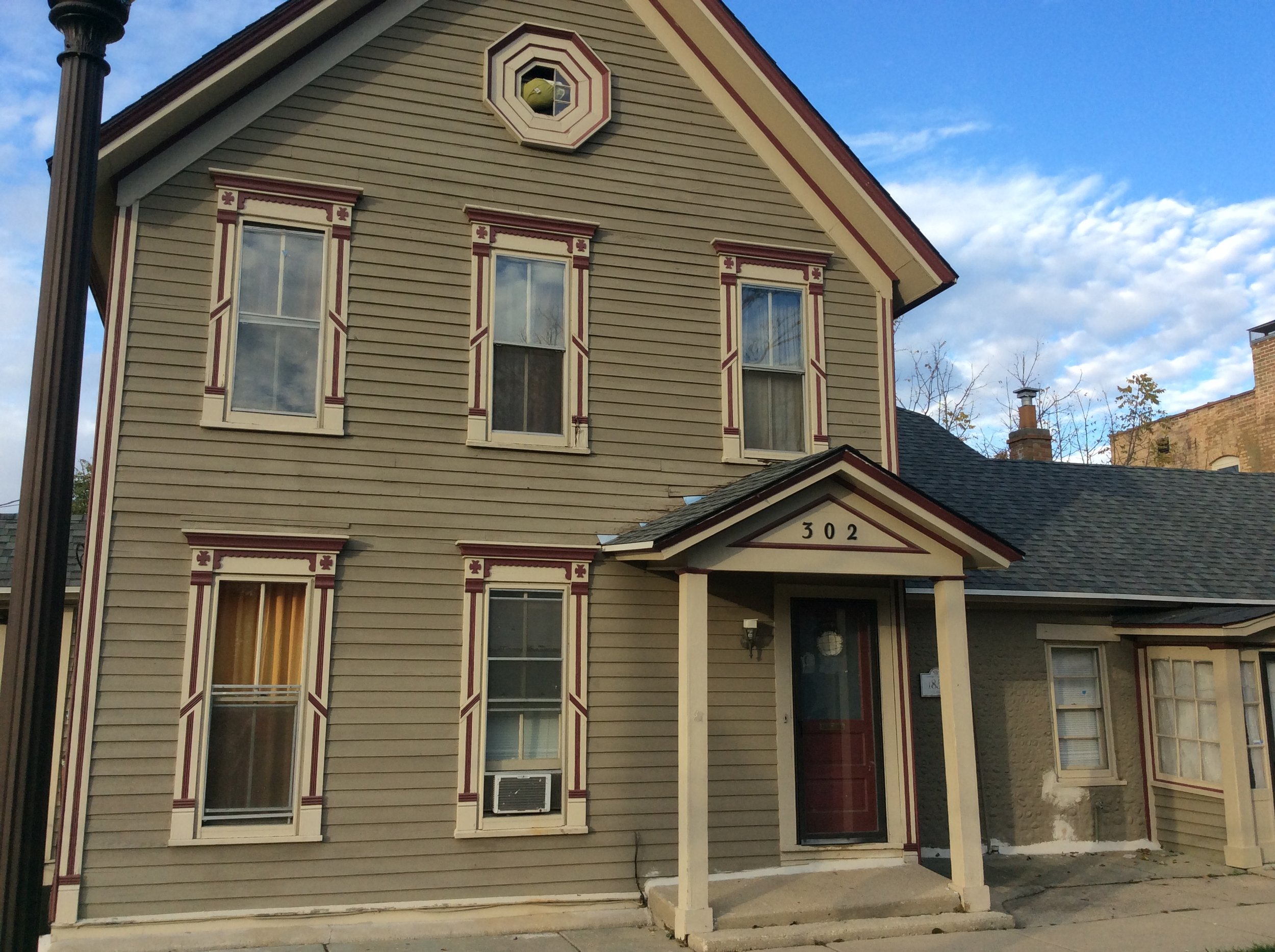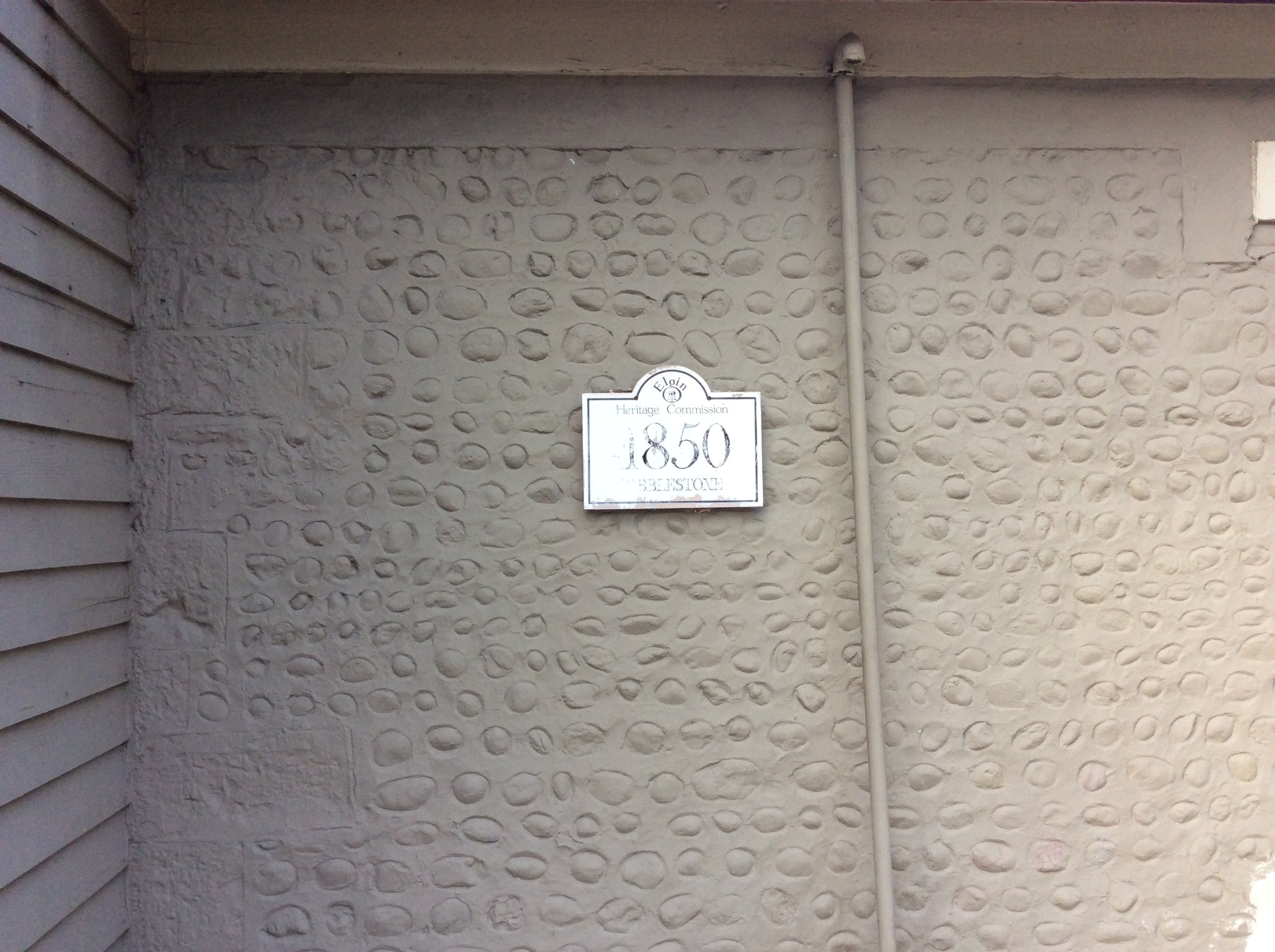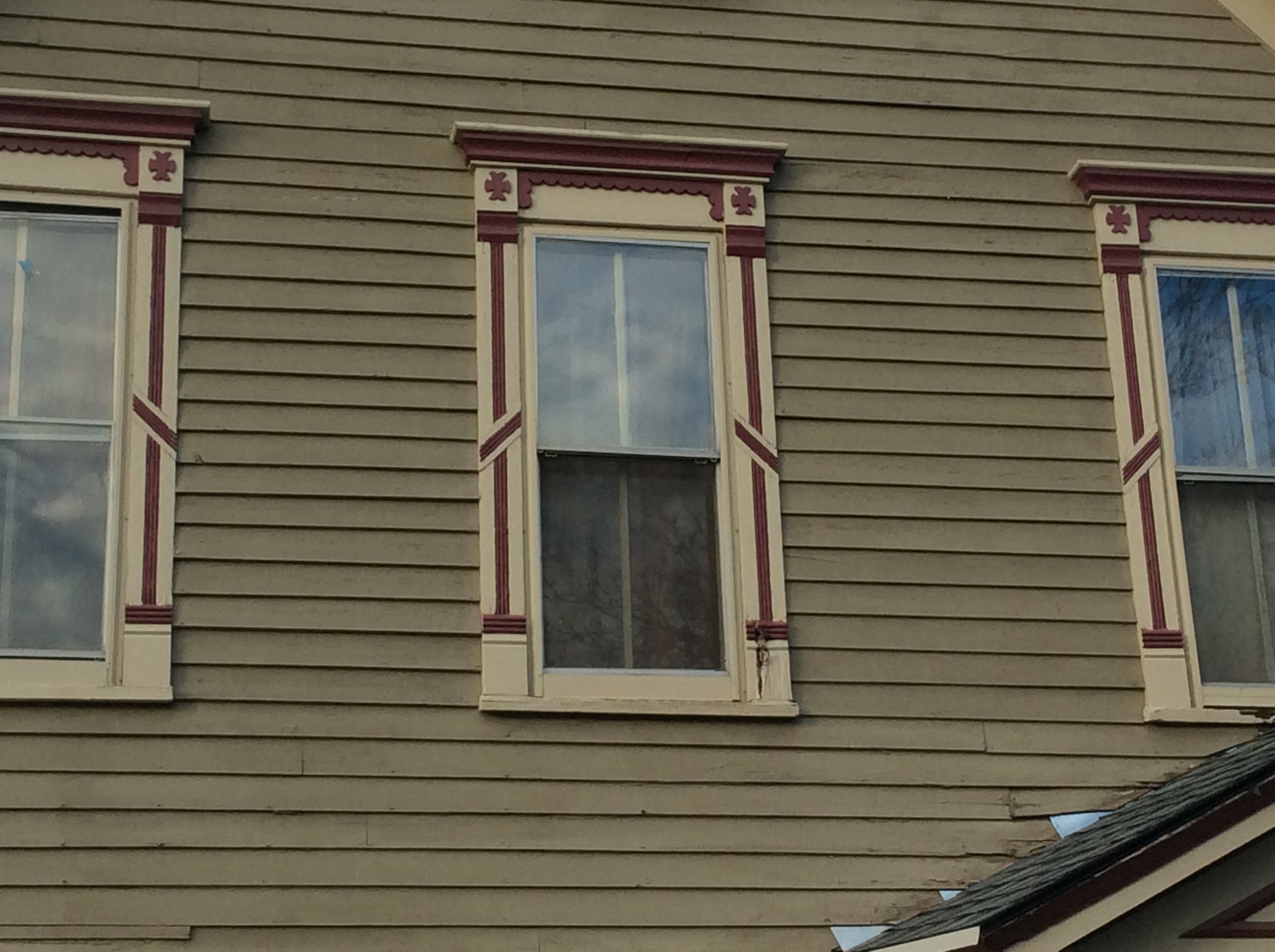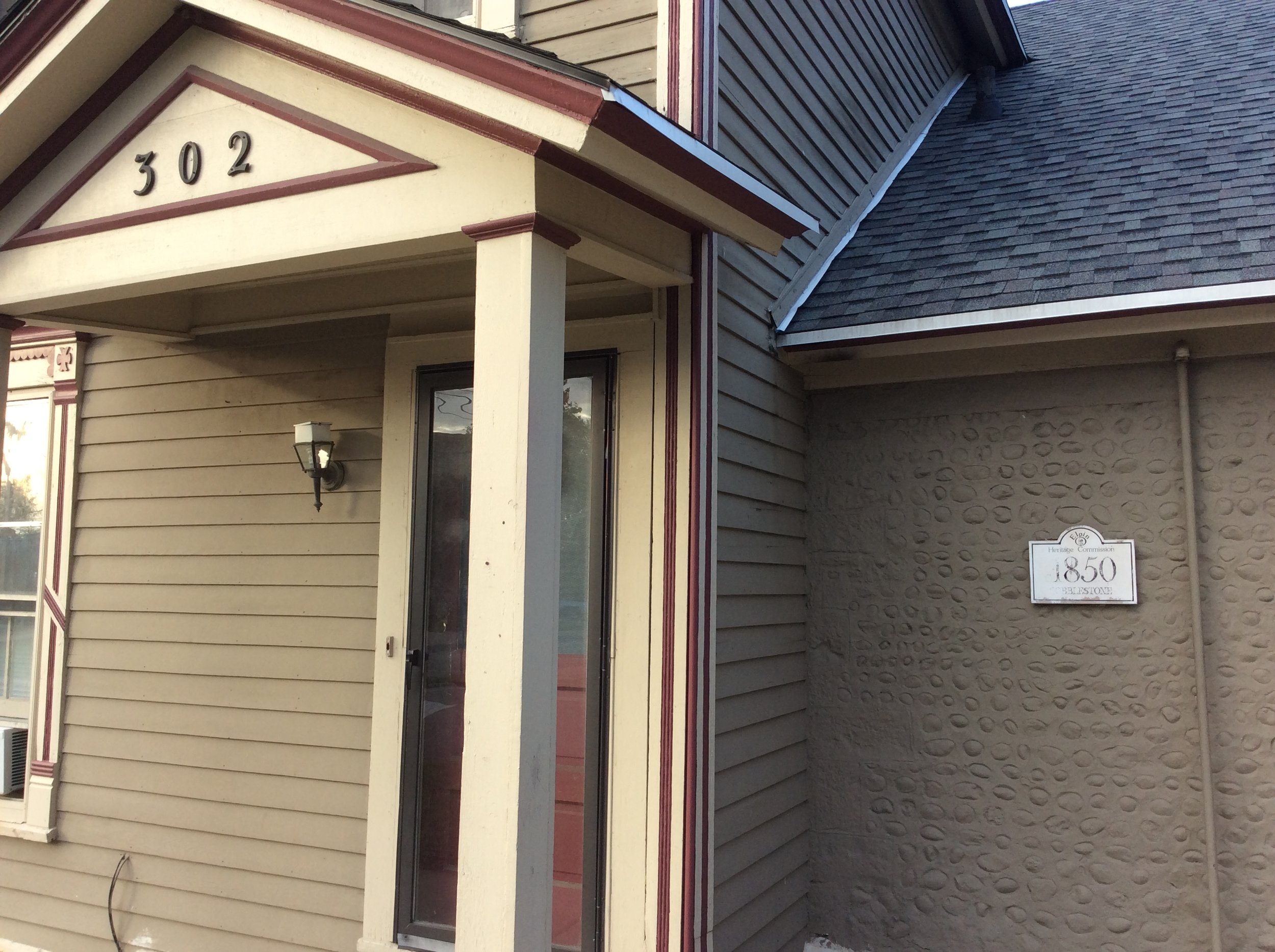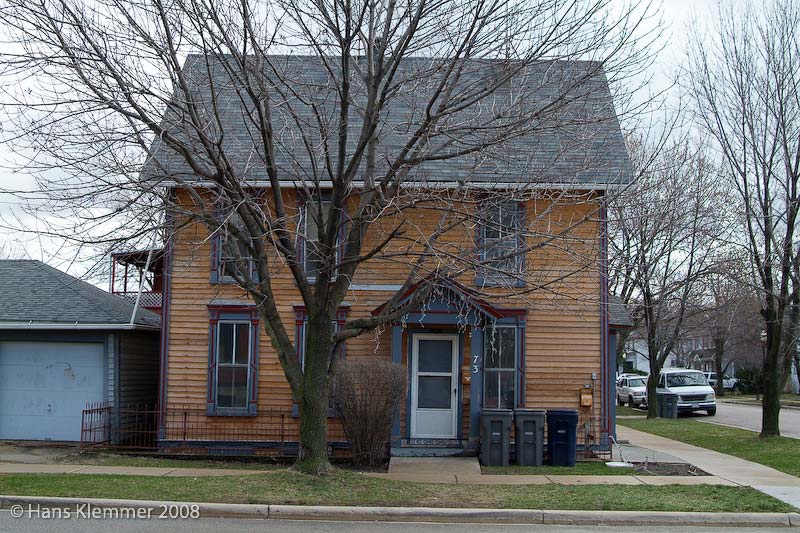302 FULTON STREET
HISTORIC SIGNIFICANCE
302 Fulton Street was built in 1858 for Ithiel C. and Mary Ann (nee Switzer) Towner. Ithiel was born in 1831 and Mary Ann being born in 1839, both in Canada. Ithiel was the eldest son of William Alexander Towner and his mother, Eliza (nee Phillips) Towner, themselves born in Canada. Ithiel had eight siblings, all but one emigrating with the family, initially to St. Charles. Ithiel's younger sister, Harriet Louisa Towner, uniquely joined her brother in marrying Switzers after arrival in America, wedding Mary Ann Switzer's brother, Samuel .
Mary Ann and Samuel were themselves two of 10 children born to Joseph and Selina Switzer. The Switzers were active in farming and the dairy business with 400 acres just north of St. Charles. Joseph and Selina were also natives to Canada. Joseph settled in Kane County in 1849 after the passing of his wife.
Ithiel was listed as a blacksmith upon arriving in Elgin in 1852. However, the family moved from 302 Fulton Street only two years after building it, selling the property in 1860 to John Wallace. Ithiel brought his family to Napa County, California, but returned to Kane County after the Civil War, buying a farm in St. Charles. In 1869, Ithiel moved back to Elgin where he resumed work as a blacksmith, setting up a small manufacture carriages, buggies, wagons and sleighs, that quickly prospered. He was elected as an alderman in 1875-1877 and again in 1884-1886. Ithiel and Mary Ann had eleven children, sadly six of whom never made it to adulthood. In 1893, the Towners built a new home located at 706 Douglas Avenue, designed by another notable Elgin architect, William W. Abell.
The home was then sold six years later to Patrick Mann and his wife, Ellen (nee Donovan). Patrick was born in Ireland in 1814 with Ellen being born there in 1830. They immigrated to the United States in 1850 and had four children including; John P., Jeremiah J., Cecelia, and Edward F.
The next owner was Edward and Catherine Mann who purchased the home in 1878. Edward was listed as a laborer. In 1894, the home was listed as a boarding house.
ARCHITECTURAL SIGNIFICANCE
302 Fulton Street is considered a significant structure to the Elgin Historic District and is one of six remaining cobblestone structures remaining in Elgin. The other cobblestones include 219 W. Highland Avenue, 302 W. Chicago Street, 319 DuPage Street, 328 Mountain Street and 363-365 Prairie Street. The home was added onto in 1886 with the two-story addition at a cost of $1,800 and built by local Elgin carpenter, John A. Wright. Wright is most known for his construction work at Fire Barn No. 3 and 5, however, he also worked on the Peck Block in downtown Elgin.
TIMELINE OF PREVIOUS OWNERS
Sources: 1986 Heritage Plaque Application; Audio: TextAloud

